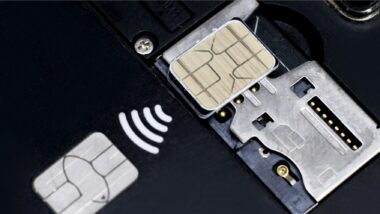
Mobile NFC is changing our lives for the better. Whether it’s making transport seamless (check out our #MyNFCDay series), rendering Eurovision speedier and more convenient for spectators, or ensuring match-days run more smoothly, the technology is having a huge impact on the way we pay for services and goods.
Already, NFC is being adopted across the world; in Spain, mobile NFC transport ticketing systems are being deployed in eighteen cities, while industry giants like Apple and Samsung have launched services of their own, using embedded Secure Elements to store payment credentials. We also see mobile payment wallets developed by payment issuers without Secure Elements (Host Card Emulation – HCE). In addition, MNOs are recognizing the technology’s potential and the way to develop value added services for their customers, as shown by the launch of Vodafone’s SmartPass.
The popularity of NFC is also demonstrated by the increase in deployment of PoS terminals. Across the world, there were roughly 68.5 million terminals in service owned by Payment Service Providers at the end of 2015, up by 8.1% on the previous year.
Despite the growth in mobile NFC technology, a number of misconceptions continue to persist. These relate to service availability, reach but also security. We firmly believe that mobile NFC is speedy, convenient and secure and ideally suited for many applications such as mobile ticketing fortransport, mobile access and mobile payment, which is why we’ve created a dedicated webpage, ‘7 myths about mobile NFC’, to address some of these inaccuracies. Click on the picture below to discover more.
What do you think about NFC? Let us know your thoughts by tweeting to us @GemaltoMobile.



